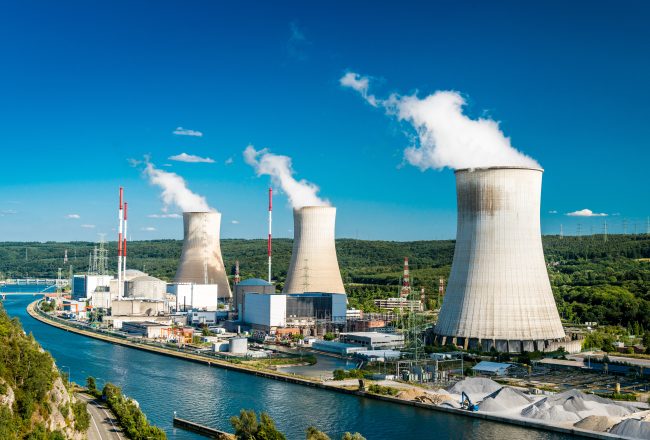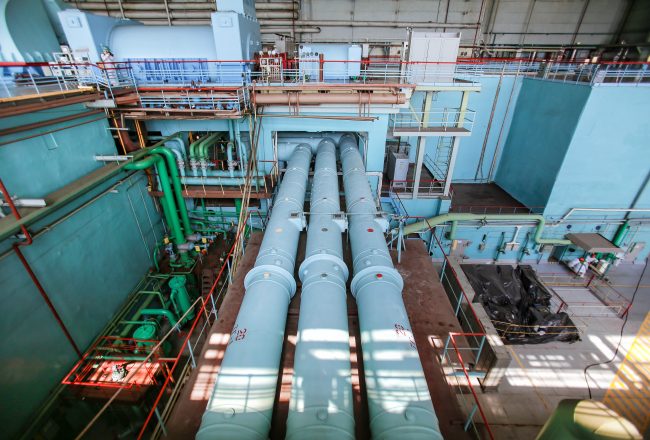-
Studios
-
Support
-
Contact us
-
Products
Studios
Complex service and auxiliary service lines are susceptible to external corrosion due to aged and degrading coatings, areas of insufficient cathodic protection and inadequate backfill. Vault wall penetrations and water intrusion are particularly problematic. These pipeline systems also known to incur the threat of internal wall loss due to the presence of deleterious materials in the product stream, bacteria and flow assisted corrosion.
The nuclear power industry has taken a proactive approach in managing the integrity of underground piping under the Nuclear Energy Institute Guideline for the Management of Underground Piping and Tank Integrity (NEI 09-14). Recurring direct examinations resulting from risk prioritization may include costly and risky excavations within congested areas of co-located assets within nuclear facilities.


Autonomous area monitoring can be deployed in buried or difficult-access areas to track internal or external corrosion wall loss on safety-critical systems such as:
Strategic placement of permanently installed area monitoring can enhance underground pipe integrity programs by:
Reducing direct examination expenditures and personnel risk associated with excavation and inspection.